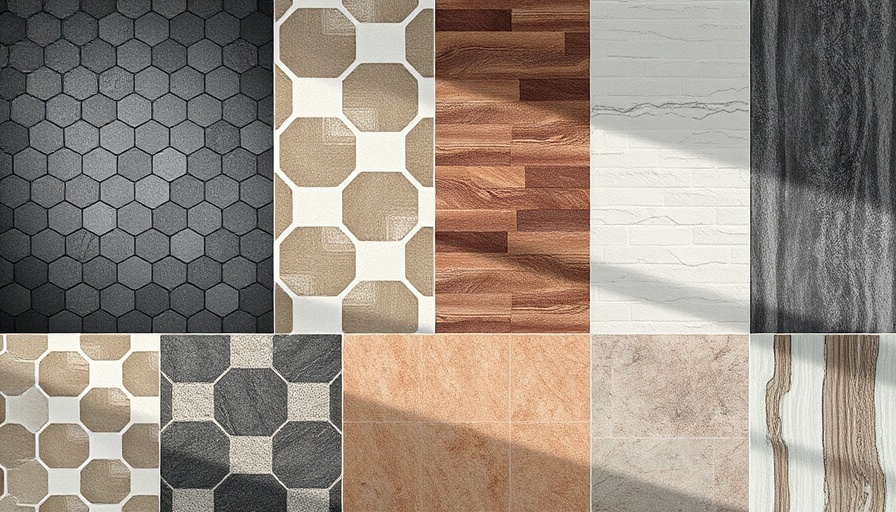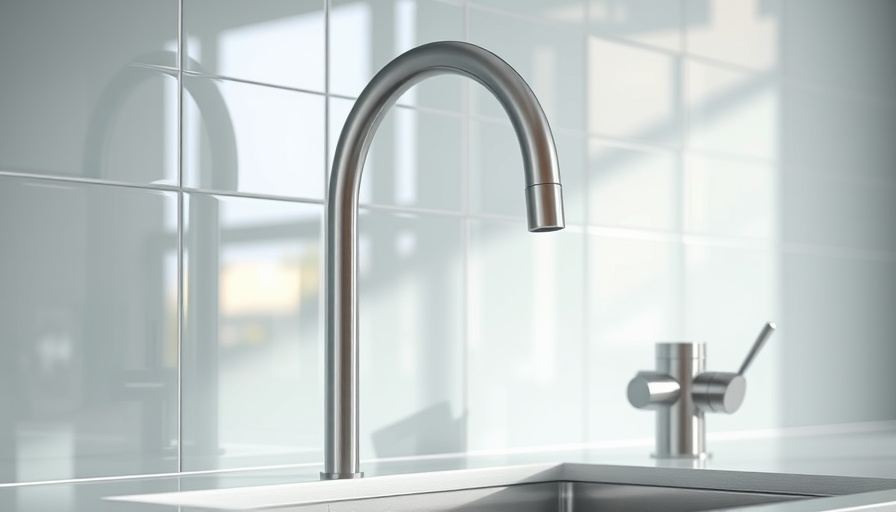
Understanding Tile Choices: Ceramic vs. Porcelain Explained
Choosing the right tiles for your home isn’t merely a matter of preference; it’s an investment in durability and maintenance that directly influences your living environment. Ceramic and porcelain tiles, both formed from clay and baked in kilns, present unique qualities that cater to different needs and areas of your home. Whether you're remodeling your kitchen, bathroom, or hallway, understanding their differences can guide you to make informed decisions.
The Core Differences Between Ceramic and Porcelain Tiles
The most significant difference lies in the manufacturing process. Ceramic tiles are baked at lower temperatures, retaining a degree of porosity that makes them easier to shape, repair, and handle during installation. This makes ceramic tiles a popular choice for DIY enthusiasts and those on a budget. However, they tend to be less durable and more susceptible to moisture compared to their porcelain counterparts.
On the other hand, porcelain tiles undergo a denser firing process that makes them tougher and more resistant to water. This process doesn’t just make them denser; they also have an appealing finish that mimics high-end materials like stone or wood effectively. Porcelain’s reduced porosity means it absorbs far less moisture, making it ideal for high-traffic areas and moisture-prone environments like kitchens and bathrooms.
Durability: A Critical Factor for Long-Term Use
In terms of durability, the competition is clear: porcelain tiles usually win the durability contest. They hold up better in high-traffic conditions and resist wear and tear better than ceramic. This resilience makes porcelain an ideal option in areas of your home that face daily use such as entryways, living rooms, and even outdoor spaces.
Moreover, given the increased density and toughness, porcelain tiles are less prone to chipping, cracking, and other forms of damage over time, which could lead to expensive repairs or replacements in the future.
Cost Considerations: Immediate vs. Long-Term Investment
When considering cost, ceramic tiles often seem like the more attractive choice at the point of sale due to their lower price. However, if you're looking at long-term value, porcelain tiles may end up being the smarter investment. Their durability means fewer replacements and repairs over time, saving you money in the long run. Furthermore, even though professional installation for porcelain requires specialized tools and experience, the longevity it offers can justify the initial expense.
Practical Tips for DIY Enthusiasts: Installation Insights
If you’re a DIY enthusiast, ceramic tiles' ease of cutting and fitting can spark creativity and ease in approach; you could transform a space without hiring professionals. Simple tools suffice for installation, and their lightweight nature aids in maneuverability.
Conversely, installing porcelain tiles could present challenges if you lack the right tools, such as diamond-tipped blades for cutting. For those who attempt the installation independently, investing in the correct equipment is crucial to achieving professional results, especially in intricate designs or patterns.
Environmental Impact: Sustainability Considerations
In a world increasingly focused on sustainability, it’s worth noting that both ceramic and porcelain tiles can incorporate eco-friendly materials, but their environmental footprints can differ significantly. Often, the extraction and manufacturing processes of porcelain involve less energy compared to ceramic. Therefore, opting for porcelain can be a more sustainable choice in terms of utility costs and environmental impact when sourced from reputable manufacturers.
Additionally, by selecting tiles that are certified by eco-labels or produced from recycled materials, you can contribute positively to the environment while enhancing the aesthetic appeal of your home.
Making the Right Choice for Your Space
Ultimately, the choice between ceramic and porcelain tiles should stem from an understanding of the specific needs of each area in your home. Consider factors such as foot traffic, moisture exposure, and your budget, both in the short term and long term.
With the right knowledge in your toolkit, you can make a sound choice that elevates your home’s design while ensuring practical longevity. Remember to weigh the immediate costs against potential future savings and maintenance needs. Whether you lean towards the easy-handling ceramic tiles or the robust porcelain option, knowing their strengths will lead you to a successful home improvement project.
For personalized advice or assistance on which tile option fits your needs best, please reach out to industry experts or visit your local home improvement store! Explore our comprehensive range of eco-friendly tiles that combine sustainability with style.
 Add Row
Add Row  Add
Add 




Write A Comment